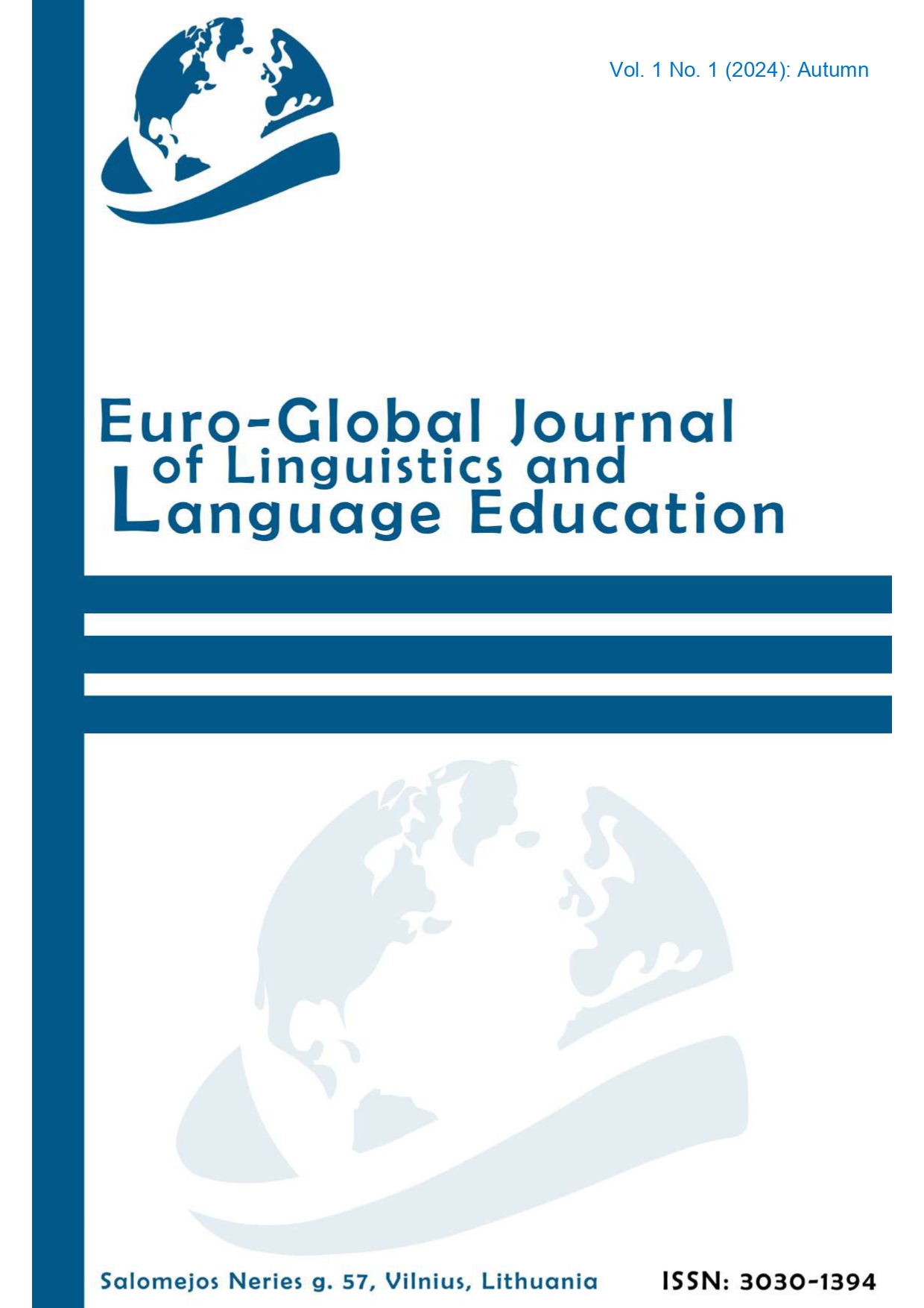Assessing the Effectiveness of Blended Learning in ESL Education
DOI:
https://doi.org/10.69760/g9p3ch16Ключевые слова:
Blended learning, ESL education, student engagement, personalized learning, digital literacyАннотация
Blended learning, a hybrid educational approach combining face-to-face instruction with online resources, has become increasingly influential in English as a Second Language (ESL) education. This article assesses the effectiveness of blended learning in ESL by examining its impact on student engagement, personalized learning, and flexibility. By integrating digital tools and traditional methods, blended learning caters to diverse learner needs, promoting autonomy and improving digital literacy. However, challenges such as technological barriers, teacher preparedness, and student motivation must be addressed to optimize outcomes. This study highlights key benefits and explores strategies for overcoming obstacles, offering insights into the future of ESL education in a blended environment.
Загрузки
Опубликован
Выпуск
Раздел
Лицензия
Copyright (c) 2024 EuroGlobal Journal of Linguistics and Language Education

Это произведение доступно по лицензии Creative Commons «Attribution-NonCommercial-NoDerivatives» («Атрибуция — Некоммерческое использование — Без производных произведений») 4.0 Всемирная.





